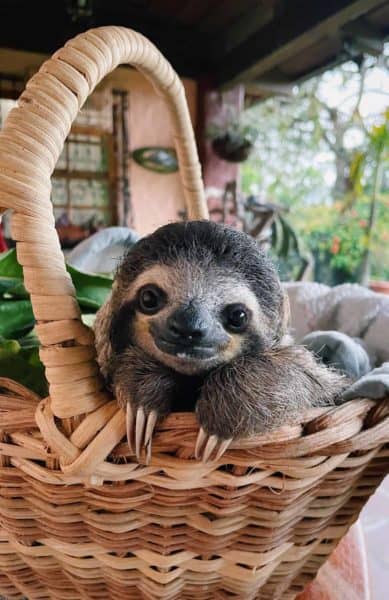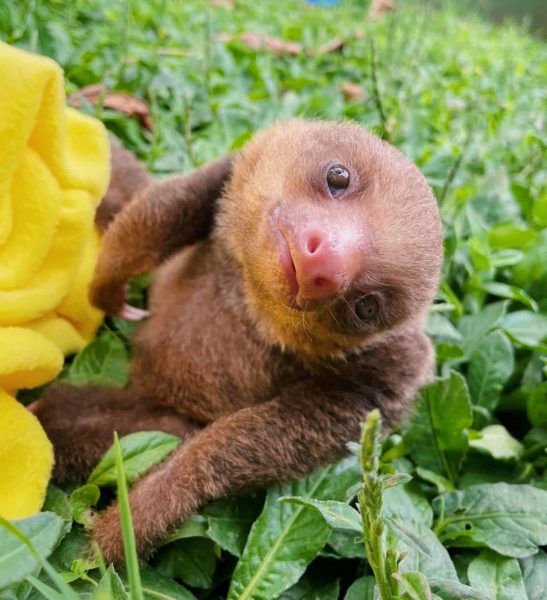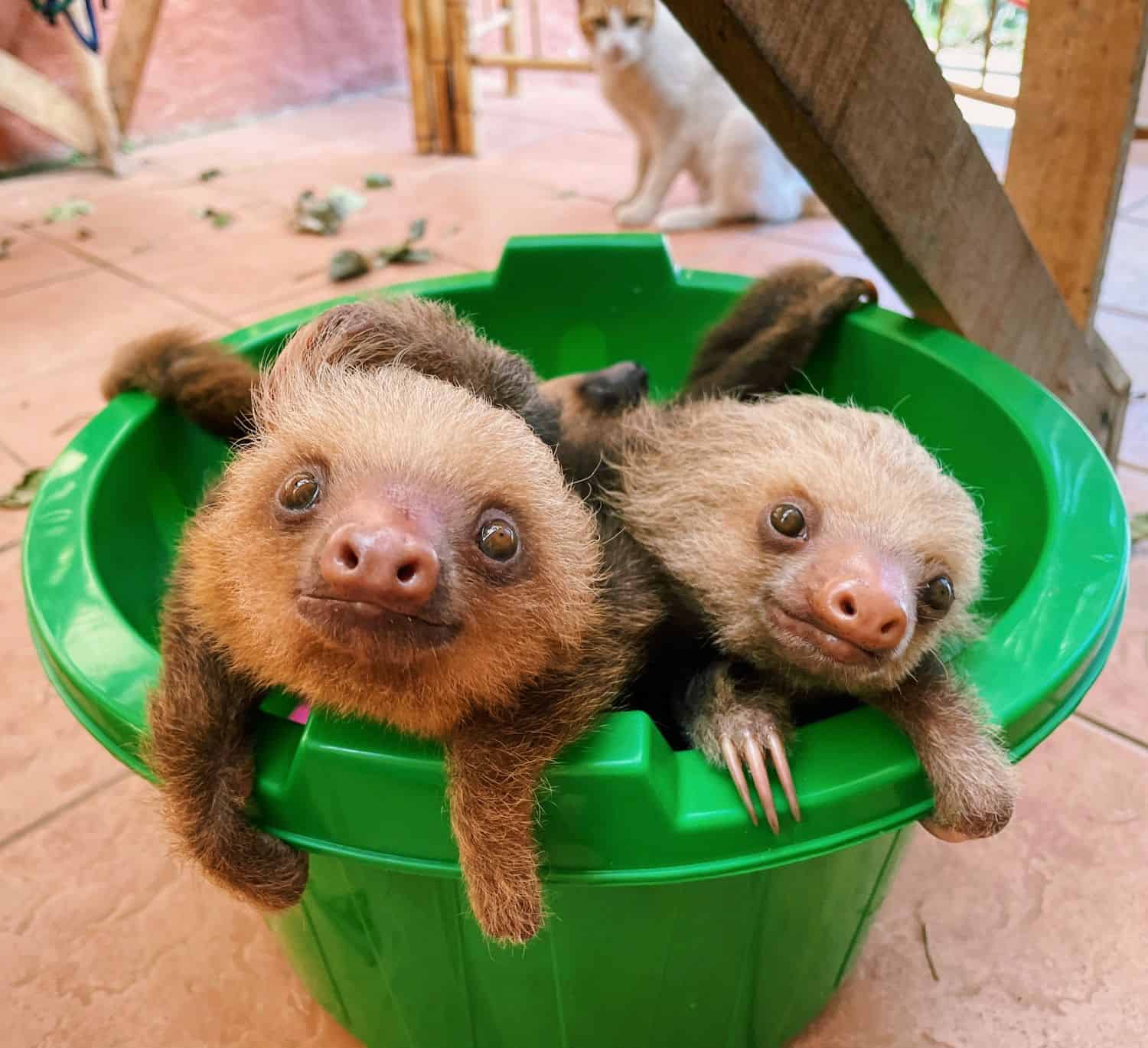How does a Canadian girl end up in Costa Rica rehabilitating sloths, of all creatures? Exploring, working and, most of all learning in Costa Rica has been an adventure of a lifetime. This Central American country has so much to offer, from beautiful beaches, breathtaking mountains, astounding volcanoes, and most of all, incredible wildlife. Costa Rica exhibits such a large variety of species; from tropical birds to wild cats, there is always more to see and learn.
But, as many of you may already know, there is a new national symbol of Costa Rica: Both two-fingered and three-fingered sloths have been added to the ranks, joining the Caribbean Manatee, White-Tailed Deer, and the Clay Colored Thrush!

Sloths are truly incredible and unique creatures boasting unbelievable strength and unique survival traits. One of these unique traits being their ability to retract their very mobile eyes partially into their skull to protect the eyes from injury as they climb through the canopy. This does not significantly impact their survival and ability to find food, as sloths primarily rely on their sense of smell and spatial awareness to navigate, as their eyesight is extremely near-sighted and poor even on their best day!
Sadly, sloths are a very common wildlife intake at wildlife rehabilitation centers, such as Toucan Rescue Ranch (TRR), where I am interning as a Sloth Rehabilitation Intern.
Sloths end up at TRR primarily for two reasons: electrocution due to climbing on power lines, and car strikes as they crawl across highways. This not only leads to adult sloths in our care but also orphans due to their mothers falling to their aforementioned fates.
Although there is countless incredible animal care staff working to rehabilitate and re-wild wildlife, such as sloths who end up in rehabilitation centers, it is important to recognize that they require care in the first place due to human intervention. Deforestation, forest fragmentation, urban sprawl, and farm and industrial land use, lead to significant adverse impacts on wildlife.
At TRR, we specialize in the rehabilitation and release of sloths. During the past five months of my internship, I have seen sloths exhibit strength and perseverance every day throughout their rehabilitation process. Throughout rehabilitation, we syringe-feed the baby sloths goat’s milk, treat the adults’ wounds daily (or as needed), provide proper dietary supplementation, conduct physiotherapy, and bring them outside for some exercise in the sun!

Costa Rica is gradually working to mitigate the risk of sloths ending up in rehabilitation centers by providing alternative passage across highways and to other trees. However, there will always be animals in need, and I am simply thankful to have the opportunity to live here in Costa Rica and help as many animals as possible.
If you want to install a wildlife highway in your neighborhood, give Toucan Rescue Ranch a call at +506 8953.3735.
To help Toucan Rescue Ranch please consider donating.
This article was produced by the Toucan Rescue Ranch, which specializes in helping wild animals recover so that they can be reintroduced into the wild. For more information or to donate, visit the Toucan Rescue Ranch website.






